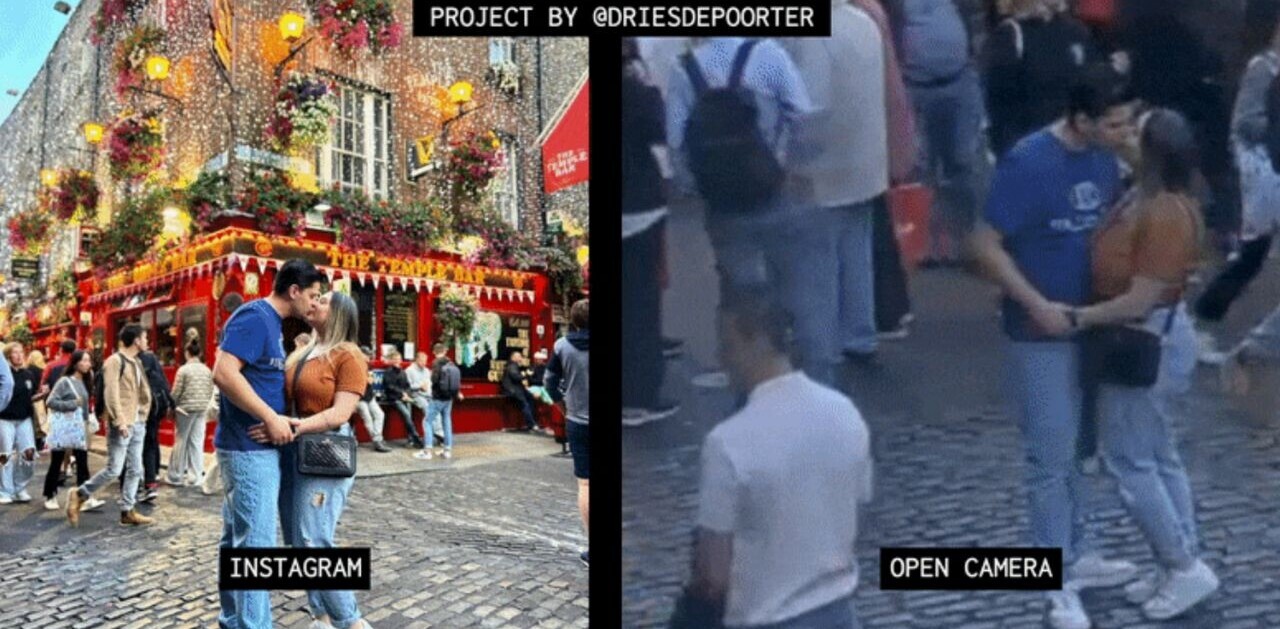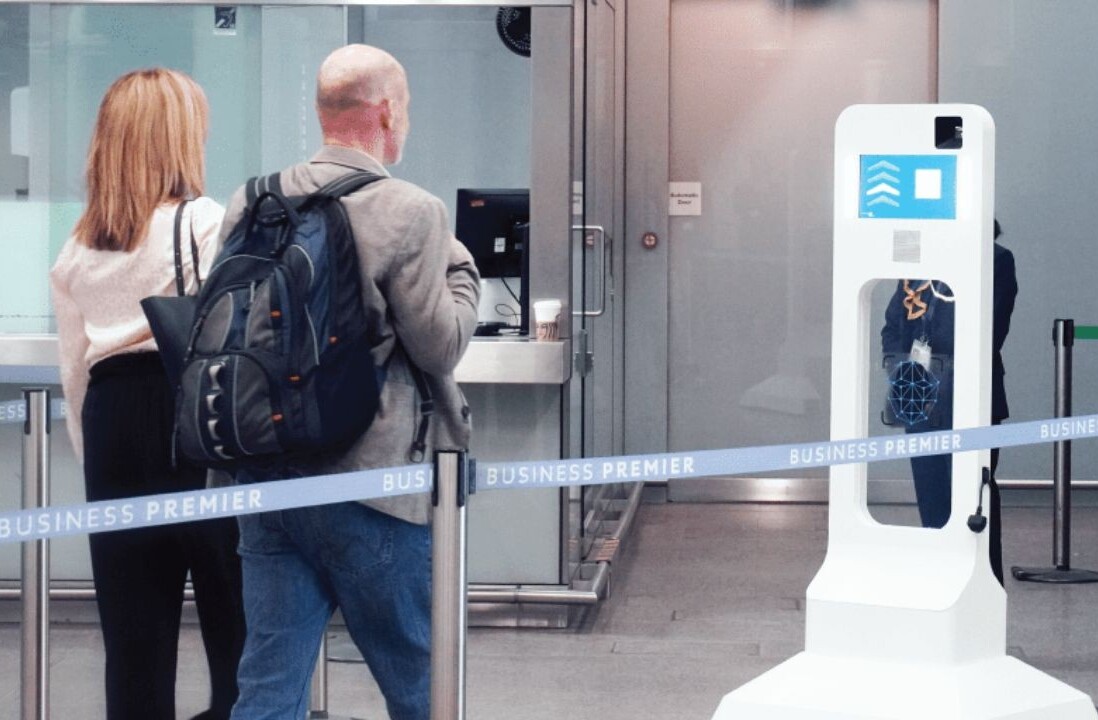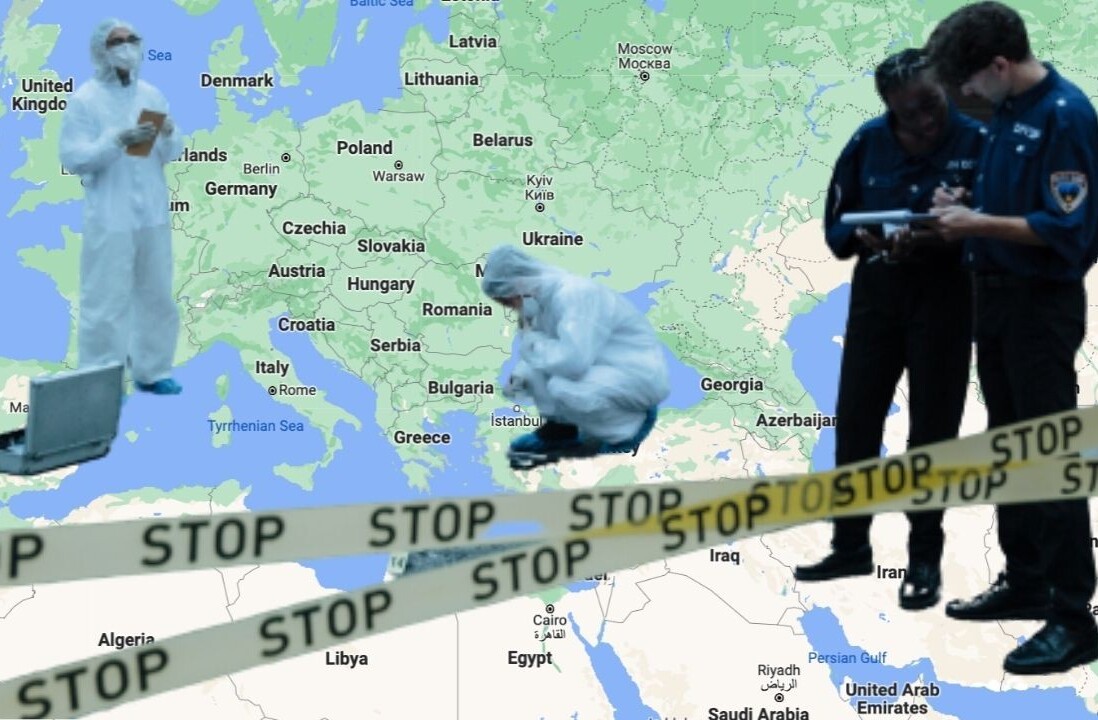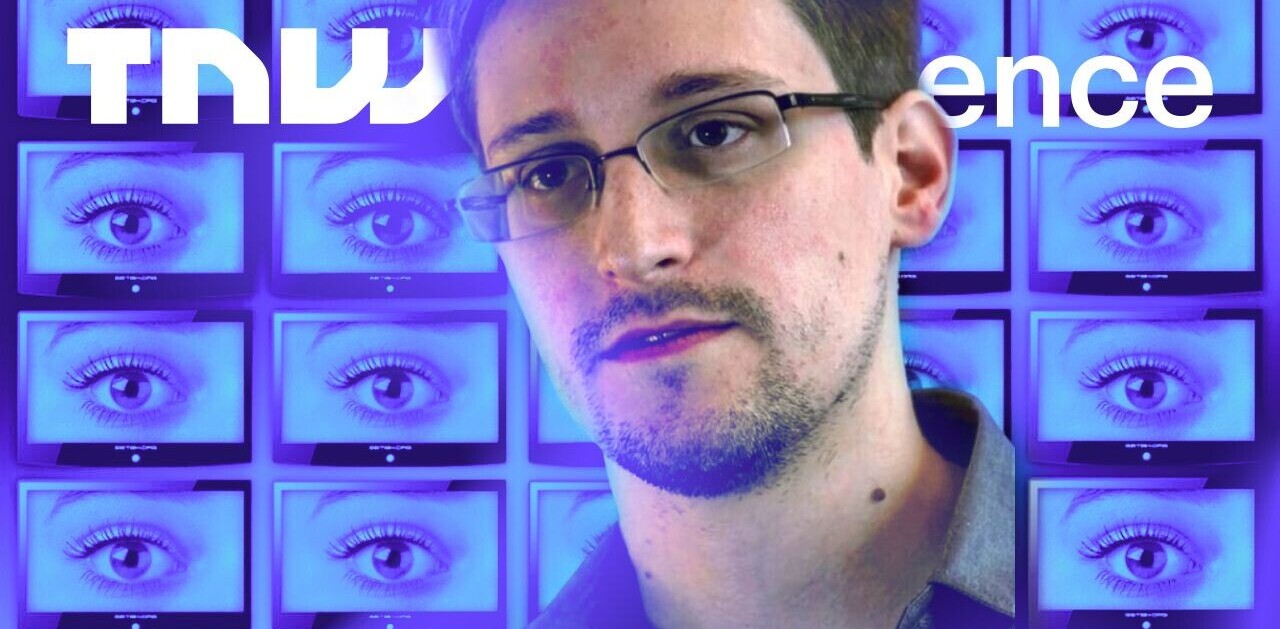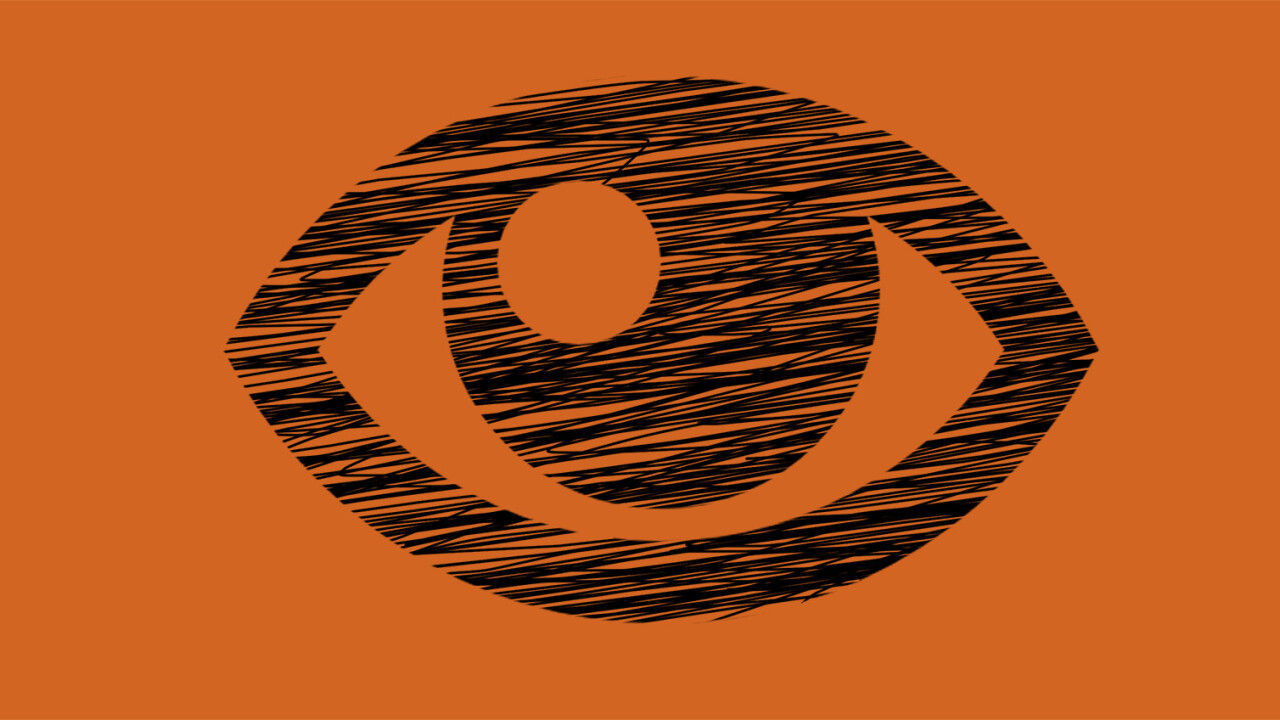
An engineering student in Illinois has put together a handy map to help pinpoint locations where police are tapped into Ring’s surveillance network.
Ring, a company best known for smart doorbells and home security cameras, has a massive network of these cameras installed, some of which are being used for surveillance purposes by police in certain cities.
Shreyas Gandlur, a senior at the University of Illinois at Urbana-Champaign put together a map of these locations. Gandlur started out with a map created by Fight For The Future (FFTF), a nonprofit advocacy group. The map had its limitations. At the time, FFTF’s version only included about 50 cities, though more than 225 police departments were currently using the surveillance network.
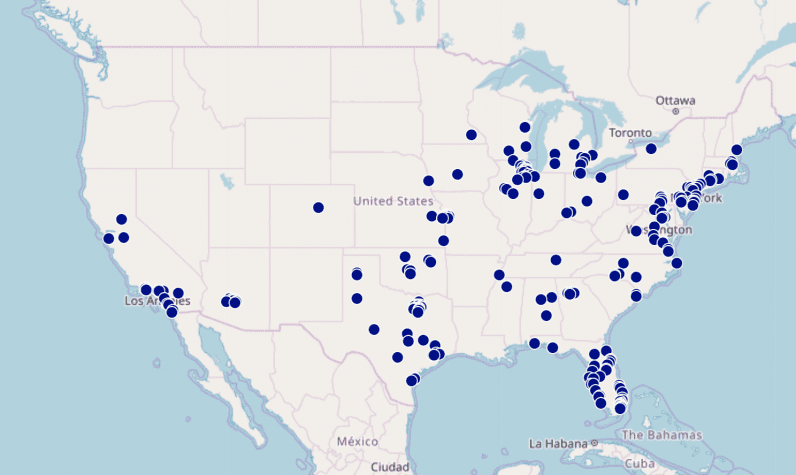
Adding additional cities came with a little help from Gizmodo. Gizmodo’s Dell Cameron wrote:
Ring pre-writes almost all of the messages shared by police across social media, and attempts to legally obligate police to give the company final say on all statements about its products.
With this knowledge, Gandlur simply had to find matching messages on social media — such as “excited to join neighbors by ring” — that matched up with law enforcement Twitter accounts.
It was “nothing too complicated and it’s pretty funny that Ring controlling the content of police press releases came to my aid since basically every agency releases the same statement,” Gandlur told Gizmodo.
Though the most comprehensive peek we’ve had to date, Gandlur points out that the map is likely to be incomplete. Your city’s absence doesn’t necessarily mean you aren’t being spied on.
But it’s an informative tool, one that gives citizens the power to fight back. And a fight it will be.
Ring was acquired last year by another major player in surveillance, Amazon. For Amazon, the move was seemingly an effort to increase its footprint in the surveillance space, perhaps pairing Ring cameras with its own facial recognition technology, Rekognition.
According to Amazon:
Amazon Rekognition also provides highly accurate facial analysis and facial recognition. You can detect, analyze and compare faces for a wide variety of use cases, including user verification, cataloging, people counting and public safety.
And while Rekognition does have a handful of noble use cases, like assisting the International Center for Missing & Exploited Children, advocacy groups — including the Electronic Frontier Foundation, the ACLU, and Human Rights Watch — point out its potential for misuse:
People should be free to walk down the street without being watched by the government. Facial recognition in American communities threatens this freedom. In overpoliced communities of color, it could effectively eliminate it. The federal government could use this facial recognition technology to continuously track immigrants as they embark on new lives. Local police could use it to identify political protesters captured by officer body cameras. With Rekognition, Amazon delivers these dangerous surveillance powers directly to the government.
To date, a couple of bills have been introduced at the federal level that would curb the broad use of facial recognition without affirmative consent. None have been voted into law.
Get the TNW newsletter
Get the most important tech news in your inbox each week.

